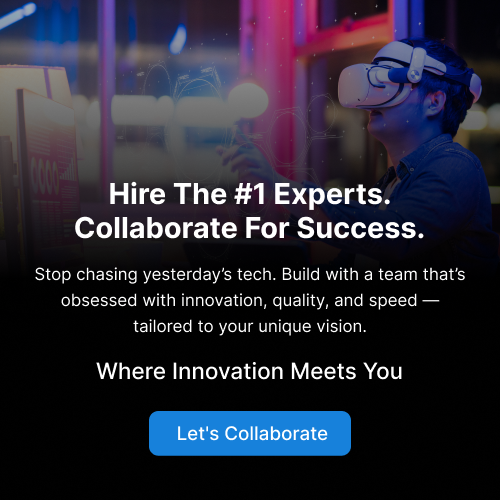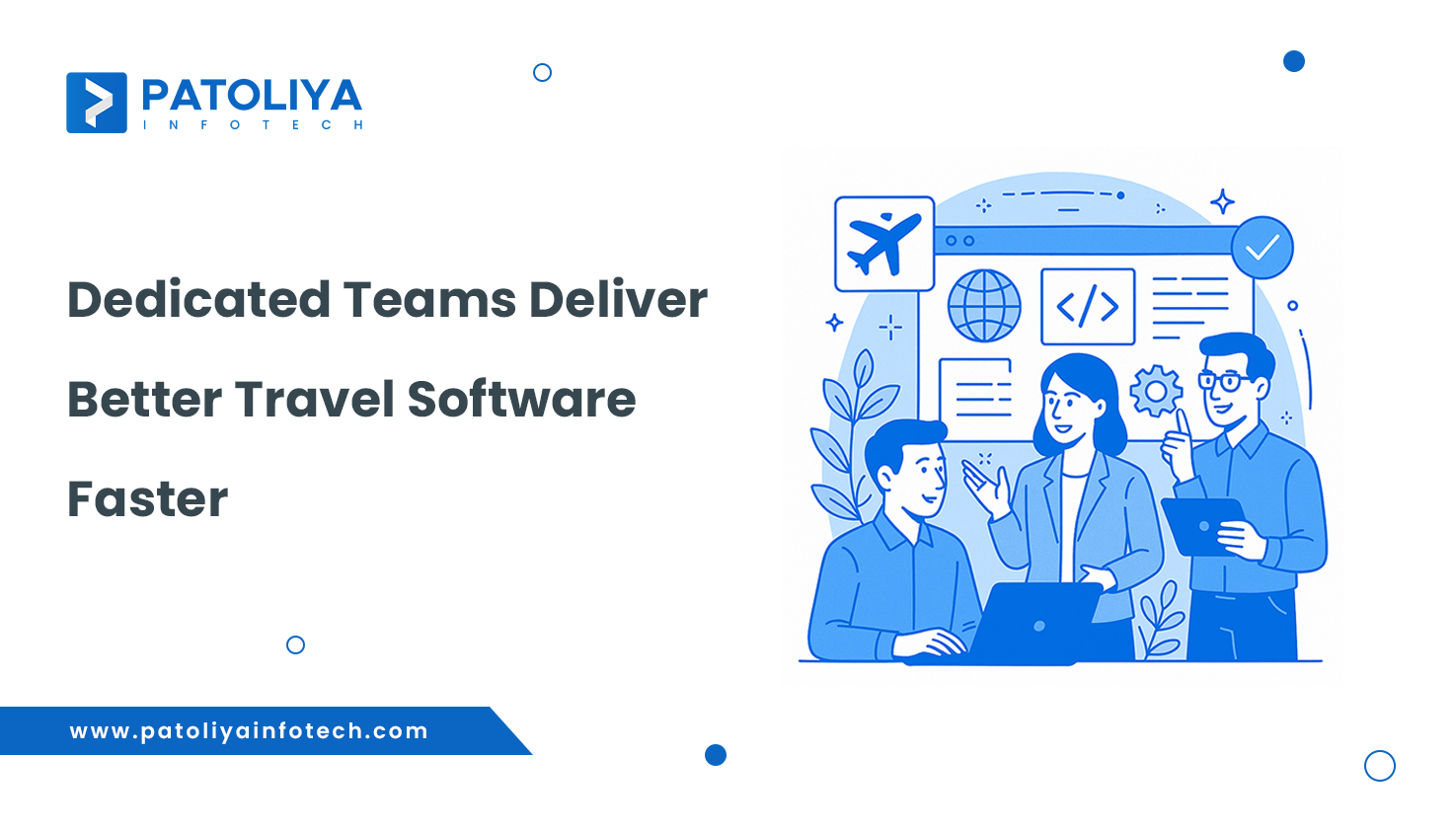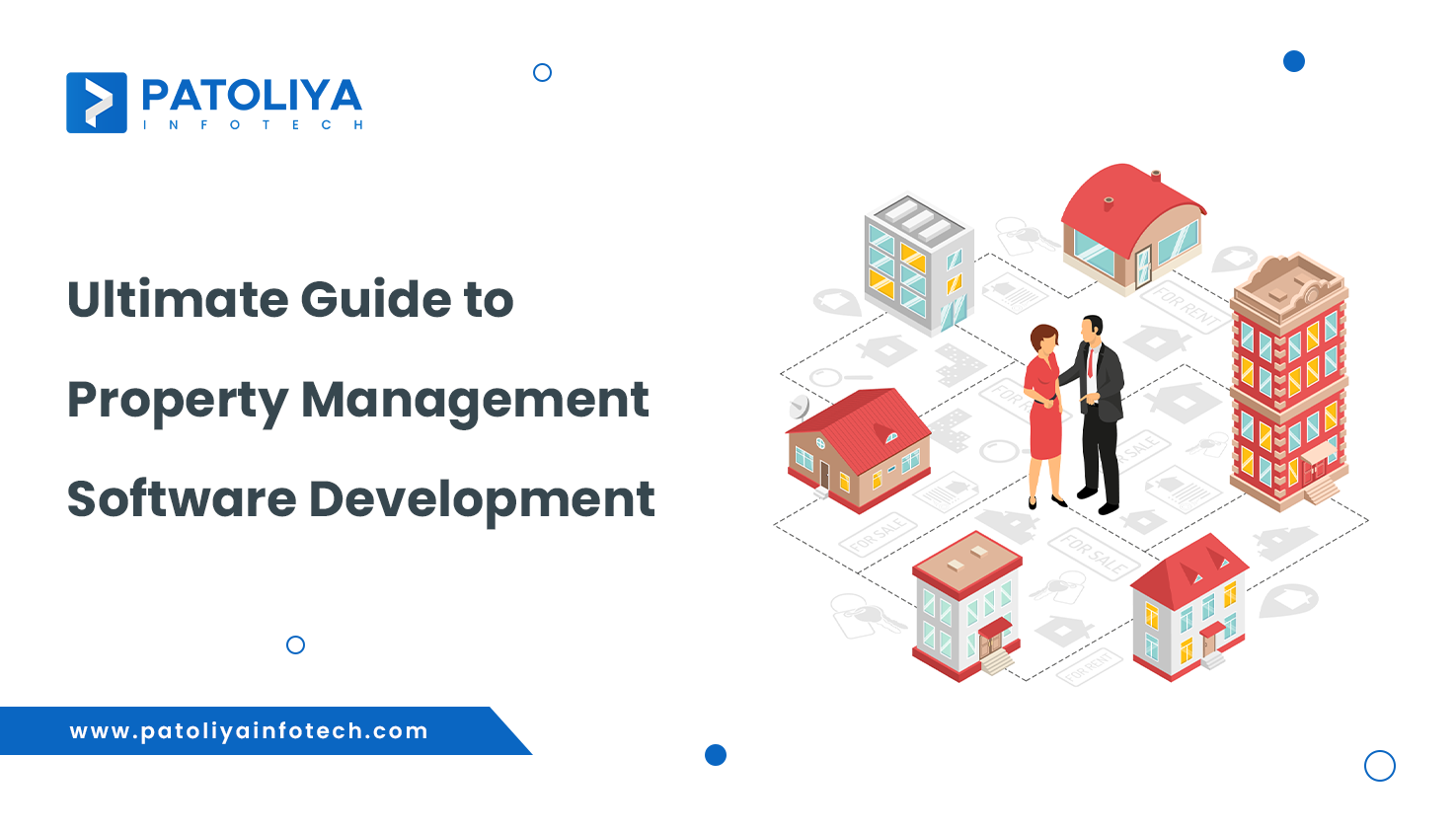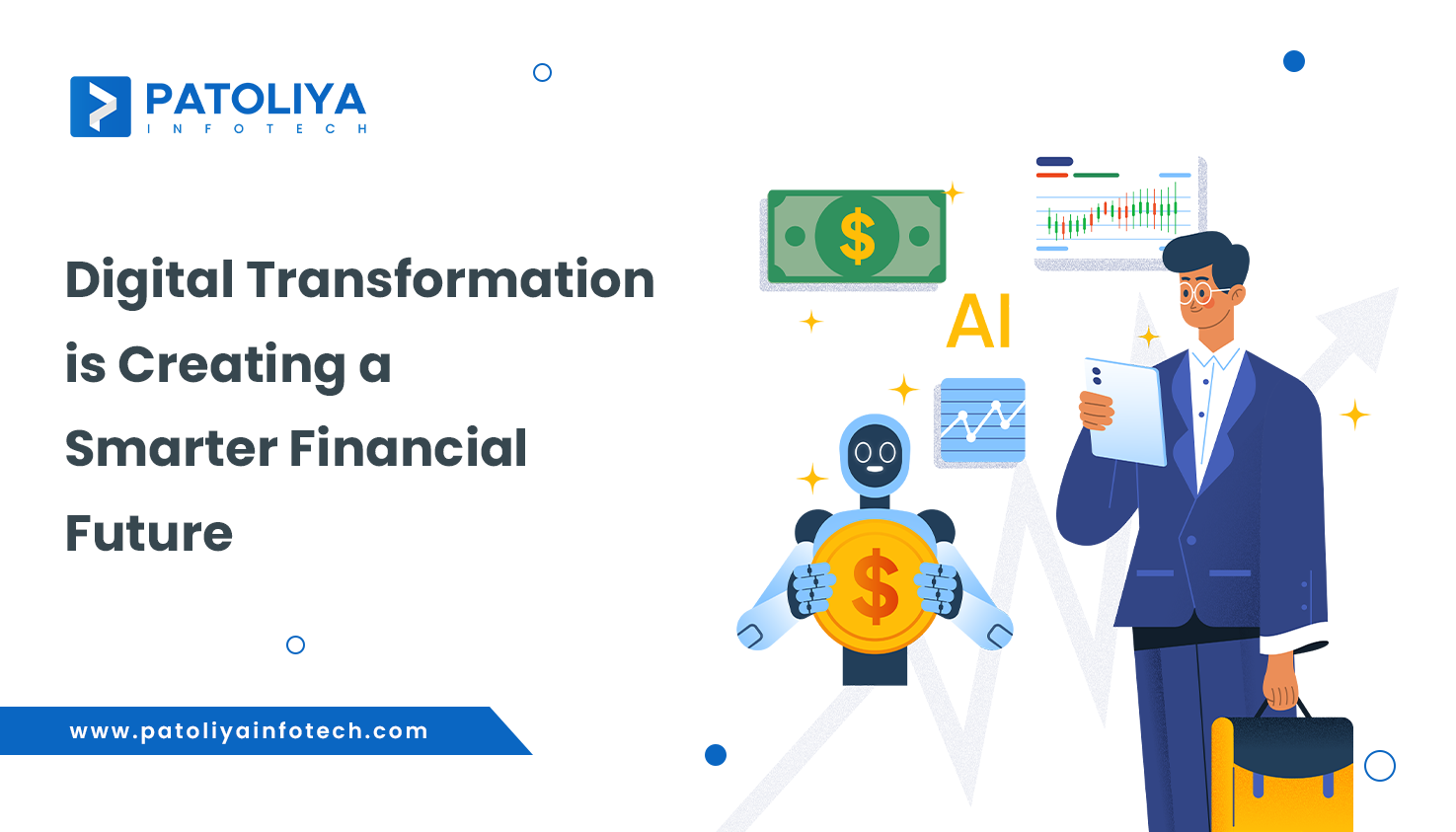Benefits of Brainstorming Employees
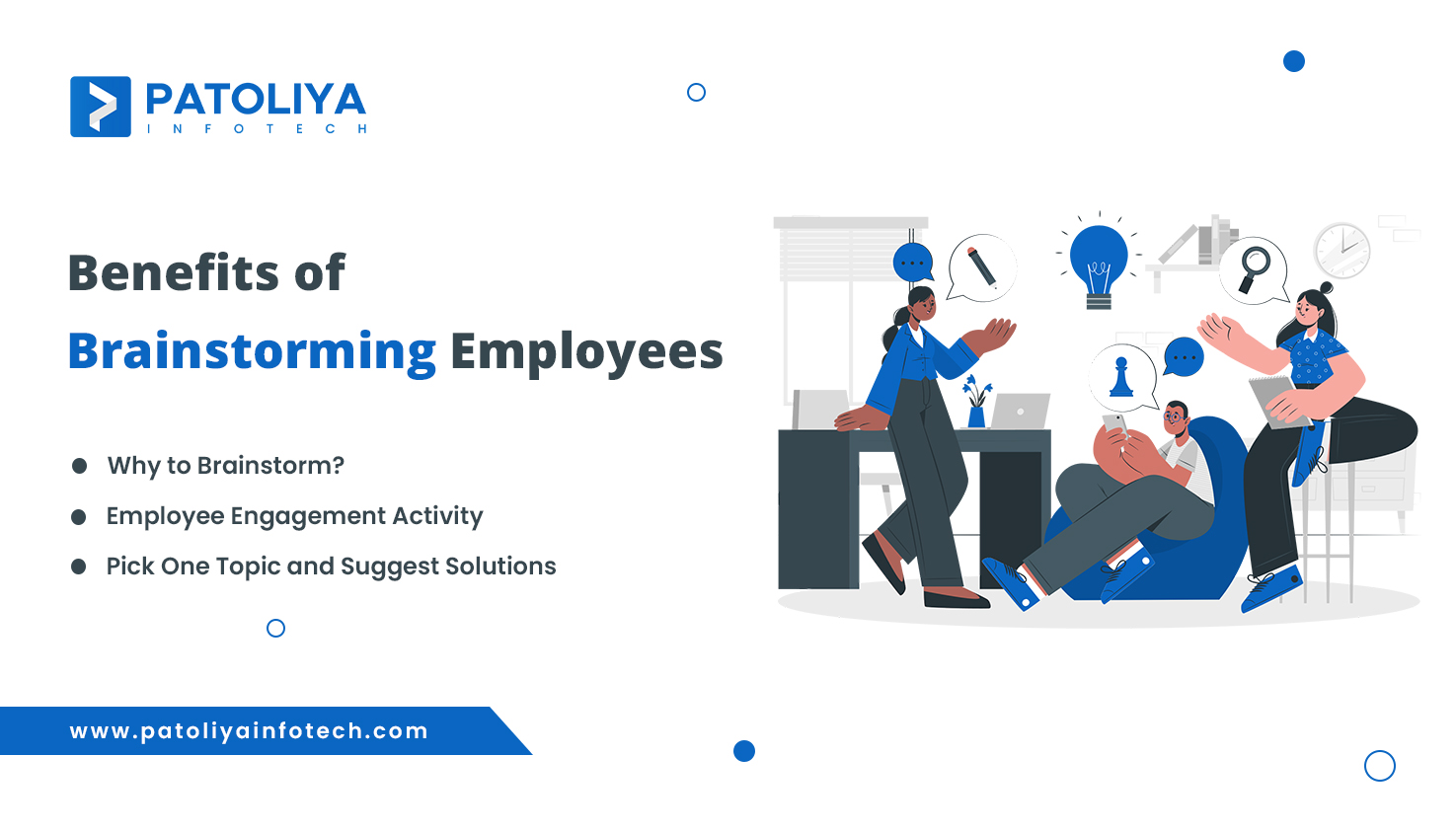
Table of Contents
Brainstorming is when a bunch of people get together to come up with lots of new ideas about something they're interested in. They try to be as creative as possible and share any ideas that come to mind without worrying if they're good or bad. Everyone's ideas are written down, and no one judges them during the brainstorming. Later, after the brainstorming session, the ideas are looked at to see which ones might work best.
Why Brainstorm?
Brainstorming is a way of solving problems by thinking in a relaxed and creative manner. It's about coming up with ideas that might seem a little wild or unusual at first but can lead to interesting discussions. Some of these ideas might turn into great solutions, while others might inspire even more thoughts. The goal is to help everyone think differently and get unstuck from their usual ways of thinking. It's a chance for quieter people to share their thoughts and change how the whole group looks at things.
During brainstorming, it's important not to judge or criticize ideas. The aim is to explore different possibilities and break free from assumptions that might limit solutions. Criticizing or analyzing ideas too soon can stop creativity and discourage people from sharing their thoughts effectively.
Employee Engagement Activity
This leadership skill can teach you how to make your employees happier, more motivated, and dedicated to their tasks, which ultimately boosts how much work they get done. You'll notice your team becomes more steady, self-assured, and professional. Also, when you record that your employees are happier, it brings extra worth to your company. In accounting, this is known as "goodwill," and it adds real value in terms of money to your company.
Discover Hot Topics
Organize an activity where your brainstorming team comes up with discussion topics related to the impact of "Workplace & New Tech Updates." Even though the main subject is about work and technology updates, various subtopics can lead to valuable discussions. For instance, talking about communication with management, distributing work fairly, bonuses, enhancing the physical work environment, and exploring the pros and cons of technology advancements can all be fruitful topics. Encourage everyone to share their thoughts and ideas on these topics.
To delve deeper into this topic, explore further details about how can organizations actively implement strategies and practices to cultivate and maintain positive relationships with their employees.
Pick One Topic and Suggest Solutions
Select a topic and request suggestions for potential solutions. Record each idea on a large poster paper visible to everyone without passing any judgment. Encourage further explanation and inspire more brainstorming. This fosters a safe environment where all ideas are valued, heard, and documented.
Rate Ideas
Ask each participant to rank the top three ideas they see on the poster paper. Then, conduct a poll within the group and place a checkmark next to each idea that receives a vote. It's important that each member feels emotionally and mentally well after giving their ratings.
Create Implementation Steps
After the group has selected the best idea for improvement, invite suggestions on how to put the change into action. Without passing judgment, simply jot down these suggestions. As the discussion progresses, you'll notice when the group seems to have run out of implementation ideas. At that point, ask them to prioritize the suggestions, creating a step-by-step plan to improve one aspect of the company and enhance employee satisfaction. This approach helps achieve group consensus and unity. It also encourages more meaningful informal communication rather than mere gossip about what's happening nearby.
Exploring Enhanced Brainstorming Techniques:
- Hybrid Brainstorming Sessions: Today, the convergence of physical and virtual environments has birthed hybrid brainstorming. Integrating digital tools, remote collaboration platforms, and in-person sessions creates a seamless blend, allowing diverse teams across geographies to participate synchronously. This amalgamation broadens the talent pool and infuses varied perspectives into brainstorming sessions.
- Design Thinking Methodologies: Embracing design thinking principles injects a structured yet empathetic approach into brainstorming. Encouraging participants to deeply empathize with end-users fosters solutions grounded in genuine needs and experiences. The iterative nature of design thinking complements brainstorming by refining ideas through prototyping and user feedback.
- Gamification in Ideation: Infusing elements of gamification invigorates brainstorming by introducing playful dynamics. Gamified sessions leverage competition, rewards, and challenges, motivating contributors to ideate freely. Interactive exercises, role-playing scenarios, or even simple gamified brainstorming platforms can elicit a surge in creativity and engagement.
Evolving Benefits of Brainstorming: In the contemporary landscape, the benefits of brainstorming extend beyond ideation itself. It has emerged as a catalyst for fostering workplace inclusivity, nurturing psychological safety, and cultivating a culture of continuous innovation. Empowering diverse voices, fostering psychological safety, and celebrating failure as part of the ideation process all contribute to a more vibrant and inclusive brainstorming environment.
Harnessing Technology for Enhanced Collaboration: Integration of AI-powered idea generation tools, virtual reality (VR) for immersive brainstorming experiences, and collaborative platforms equipped with AI-driven suggestion engines redefines brainstorming in the digital era. Real-time idea mapping, sentiment analysis, and predictive analytics empower teams to harness data-driven insights, amplifying the quality and relevance of generated ideas.
Ultimately a genuine leader is not a searcher for Consensus, but a molder of Consensus.!!!
